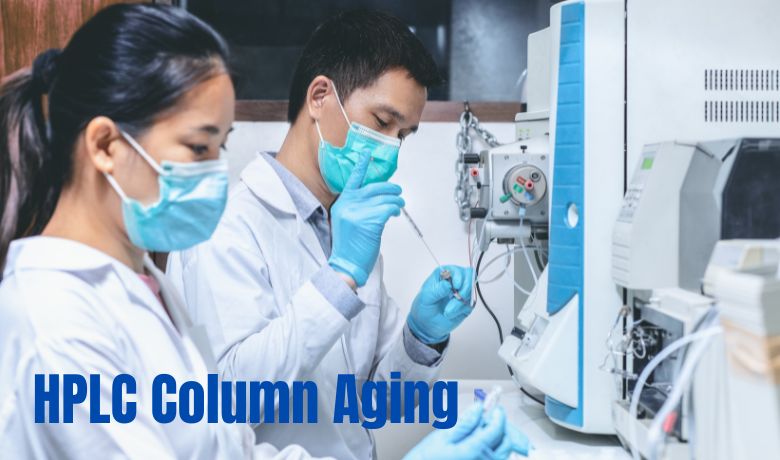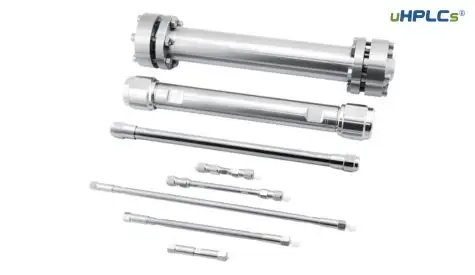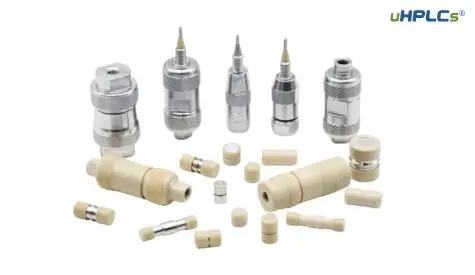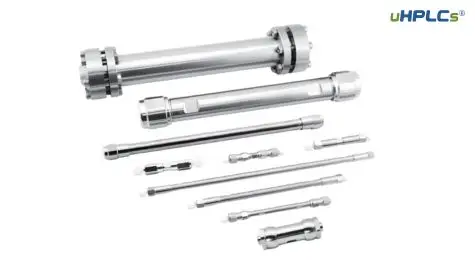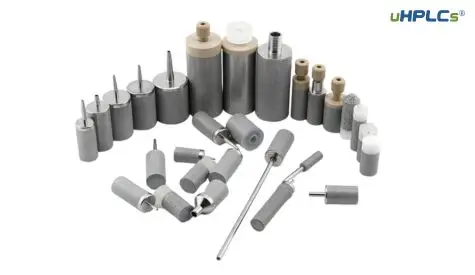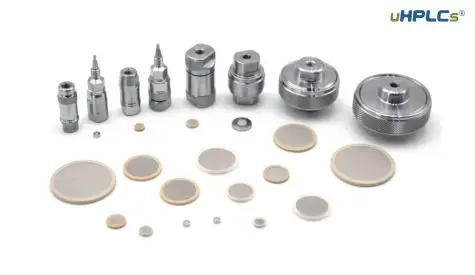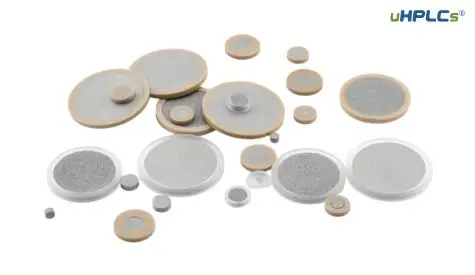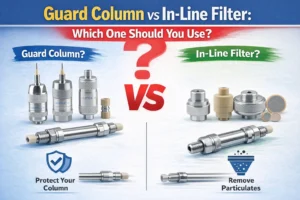Our customers often ask us about the aging of HPLC columns, and Chromatography Academy has done two videos dedicated to aging, and today, we will share them with you.
What Mean by Aging of HPLC Column?
First, we have to define what aging means, and there are two cases.
1. In the first case, aging is generally done before the use of new columns, and the main purpose is to remove the stationary phase that is not stable enough for bonding so that the new column performance is more stable.
2. The other case is to do a day sample, afraid of residues in the column. I will also say tonight to age the column or bake the column.
Gas chromatography columns will have high boiling point impurities remaining inside the column after use, and these residual contaminants and the sample action will easily lead to problems such as chromatographic peak trailing and impurity peaks.
3. In addition, the commonly used gas chromatography column is the capillary column in the coated wall open tube column, which has a stationary phase of liquid in the form of coating distributed on the inner side of the column tube wall.
The HPLC column is used at high temperatures for a long time. The stationary phase will be lost slowly, which causes the exposure of the active group’s silica group on the capillary column’s inner wall. The adsorption of the sample by the exposed silica group will also cause the chromatographic peak trailing, as well as the problems of baseline undulation and noise elevation.
We must perform an aging operation on the long-used GC columns to avoid these situations. Aging can remove the residual contaminants in the columns.
It also allows the stationary phase on the inner wall of the column to recover some of the active sites after thermal expansion and contraction, thus extending the column’s life.
What is the focus of aging?
There are various opinions about the aging of GC columns, such as setting a slow temperature rise procedure overnight, going through several cycles of high and low, or some labs and brutally baking at high temperatures.
That in the end, what to do to have good results?
01 aging temperature
The first focus of aging is the temperature.
The maximum aging temperature is usually recommended to be set at the middle of the method’s maximum set temperature and the column’s tolerance temperature.
For example, if the maximum temperature of the method is 300 degrees and the tolerance temperature of the column is 325, you can age to 310 degrees.
However, it should be noted that the tolerance temperature varies greatly from column to column, and columns with strong polarity and large film thickness usually have a lower tolerance temperature.
For example, the constant temperature tolerance of this DB-wax column is only 250 degrees Celsius. If the film thickness increases to 0.5um, the tolerance temperature will drop to 240 degrees Celsius.
Students are advised to read the box or manual of the column carefully before aging because using the column beyond the upper-temperature limit significantly impacts performance and lifetime.
It is worth noting that the higher the column temperature during aging, the more serious the loss of stationary phase will be, so the aging temperature and aging time need to be accurately grasped.
The aging temperature of chromatographic columns is not recommended to be higher but lower to ensure that contaminants can be driven away.
For example, suppose the maximum temperature of the sample is 220 degrees, and the vaporization temperature of the known impurities in the sample does not exceed 260 degrees. In that case, the aging temperature should be set to 260 degrees.
If we don’t know the vaporization temperature of the impurities in the sample, in most cases, we can add 20-50 degrees to the maximum temperature of the sample run.
02 Aging time
The specific aging procedure usually slowly ramps up to aging temperature, such as 2~5 degrees Celsius/min, and then continues aging for 2 hours. The rate of program temperature rise can be set according to your experience or experimental requirements.
03 Avoid oxygen
A more important thing than obsessing about the specific heating rate is to avoid the presence of oxygen, which is the most common reason for aging failure.
This is a common cause of aging failure. Oxygen at high temperatures is a great chemical bond breaker. Once the stationary phases in the column are oxidized, the bonding links between them will be broken. The stationary phases will no longer be “fixed” in the column, resulting in significant column loss and decreased column efficiency.
From the perspective of avoiding oxygen, strict aging requires the following points.
First, stick the end of the column into the solvent and observe if there are continuous bubbles. If not, check for air leakage, column breakage or blockage.
Second, before warming up, pass 15min carrier gas to replace any oxygen that may be present in the column.
Third, make sure the other hplc connectors are properly installed.
04 Avoiding contamination
In addition, from the point of view of avoiding contamination, it is better not to connect the detector when the new column is aging.
In the case of FID detectors, you can do without ignition and without turning on hydrogen and air.
What should I pay attention to when removing residues?
If the column has been used, the fear of residues, hoping to remove contaminants by high-temperature aging, some laboratories even run a shot aging method every day before shutting down. Still, in this practice, there is a certain risk.
Because this contamination, often compounds with high boiling points, generally accumulate in the column head, such as pigments, proteins, gels, etc. in the sample, blind aging may prompt a faster backward transfer of contaminants without completely discharging the column, but instead, contaminate the entire column.
The correct approach should be to analyze the composition and contamination of the sample first.
Suppose some components, such as pigments, proteins, and gels, cannot be completely vaporized even at the aging temperature.
In that case, it makes sense to perform column maintenance, including liner tube replacement and column tip cutting, to remove the contaminants before aging.
Finally, we review the key points of aging.
1, Check the manual to determine the aging temperature
2, Check the instrument connection to ensure the absence of oxygen
3, It is best not to connect the detector
4, If necessary, do the inlet maintenance first
5, Slowly increase the temperature to the aging temperature and keep it for 2 hours

